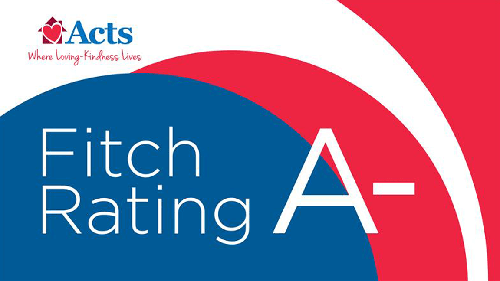There’s a lot of people moving in turtle speed right now, just waiting for things to get back to normal speed. My life feels like I’m behind a slowpoke on the road, and I have no way of getting back up to speed. I’m just sitting there waiting, and because I’m sitting more, my muscles are shortening and becoming tighter. If I stay in this position too long, I’ll start to lose my mobility and may not be able to do my normal daily activities once normal comes back around.
An excellent solution to this problem is to get out of the chair and stretch. Stretching makes us more flexible and less prone to injuries, maintains our elasticity in our muscles, and gives us a wider range of motion in our joints. Flexibility makes life better.
 As a fitness trainer, I’m often asked about muscle cramps and how to help relieve them, especially night time leg cramps. Research shows a variety of things can cause night-time leg cramps, like too much exercise, standing on a hard surface for too long, muscle overuse, flat feet, sitting for too long, an awkward leg position during sleep, not enough potassium or calcium, being dehydrated, certain medicines like antipsychotics, birth control pills, diuretics, statin drugs, steroids, diabetes and thyroid disease (Stretching Anatomy, 2nd edition, Nelson & Kokkonen). Stretching can quickly reduce the cramping, so it’s important to make stretching a daily habit.
As a fitness trainer, I’m often asked about muscle cramps and how to help relieve them, especially night time leg cramps. Research shows a variety of things can cause night-time leg cramps, like too much exercise, standing on a hard surface for too long, muscle overuse, flat feet, sitting for too long, an awkward leg position during sleep, not enough potassium or calcium, being dehydrated, certain medicines like antipsychotics, birth control pills, diuretics, statin drugs, steroids, diabetes and thyroid disease (Stretching Anatomy, 2nd edition, Nelson & Kokkonen). Stretching can quickly reduce the cramping, so it’s important to make stretching a daily habit.
A regular stretching program can reduce muscle soreness, provide more efficient muscular movements, prevent some lower back pain, improve appearance and self-image, improve our body alignment, and posture. Static stretching (without moving) is the most common way to stretch, and it involves holding the stretched muscle for a period of time (usually 5 -30 seconds). You can get the most benefit when you do static stretches a few times a week at the end of your exercise session.
Stretching 20 to 40 minutes each day can also help control blood sugar levels for people with diabetes. When we hold a stretch for 30 seconds, it allows the sugar to move from the blood and into the muscles, increasing blood flow. Here’s a five-step guide to follow when stretching to reduce blood sugar (Stretching Anatomy).
- Hold the stretch position for 30 to 40 seconds.
- Rest for 15 seconds between stretches.
- Repeat each stretch four times.
- Use a light pain sensation intensity level.
- Stretch one area of the body four times then go to the opposite side (example: left leg first then right leg)
Time to get up and stretch out! Here’s to you being ready to go when things get back to normal.
Jonathan Souder is the Fitness Director at Manor House, an Acts Retirement-Life Community in Seaford, Delaware. This column appeared in the May 7, 2020 edition of the Seaford Star.






